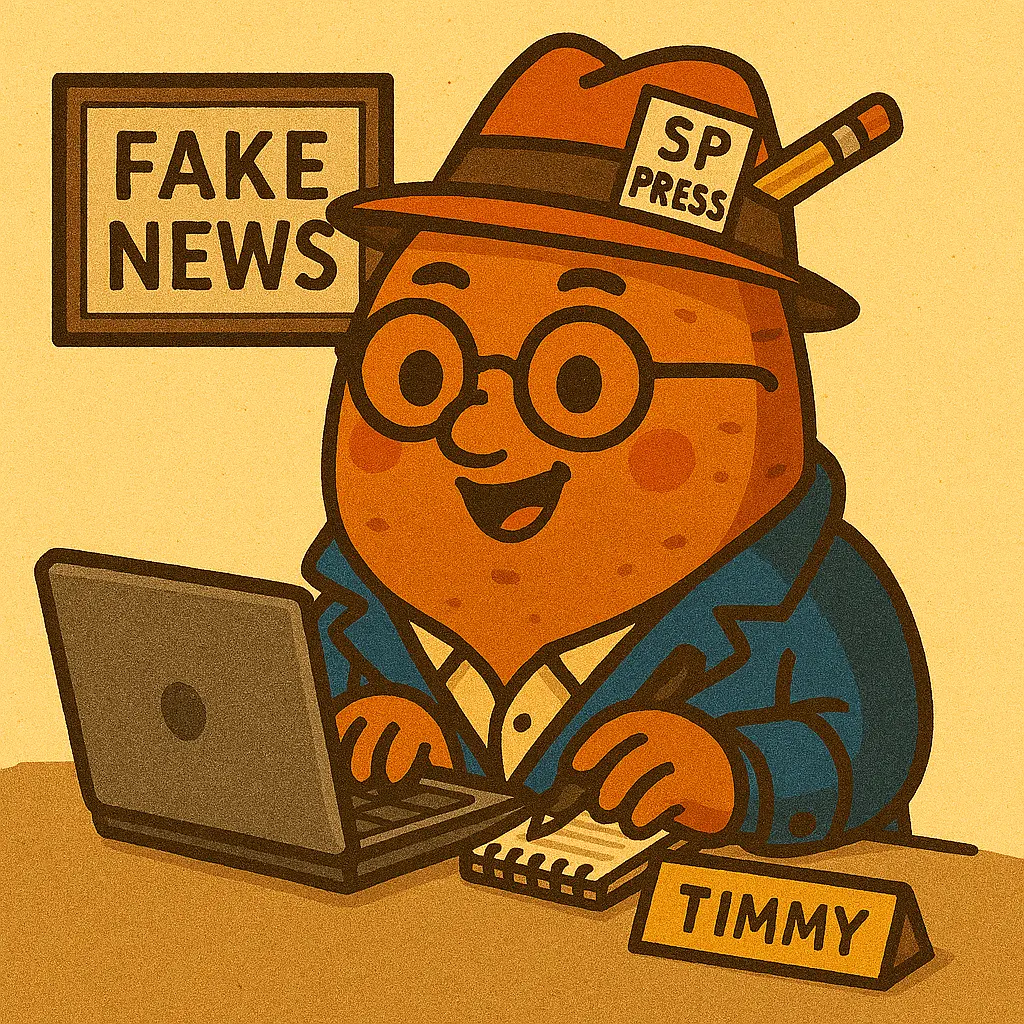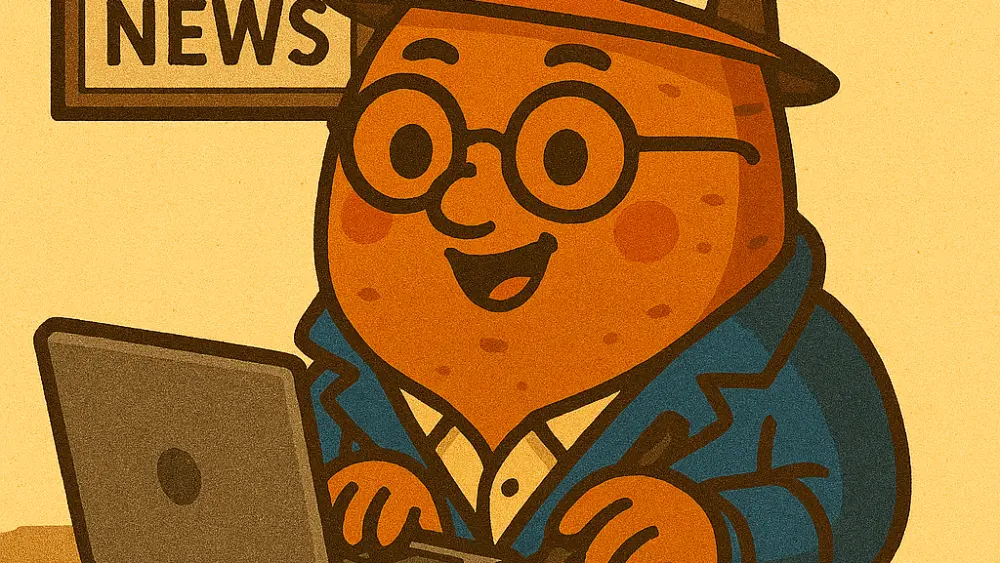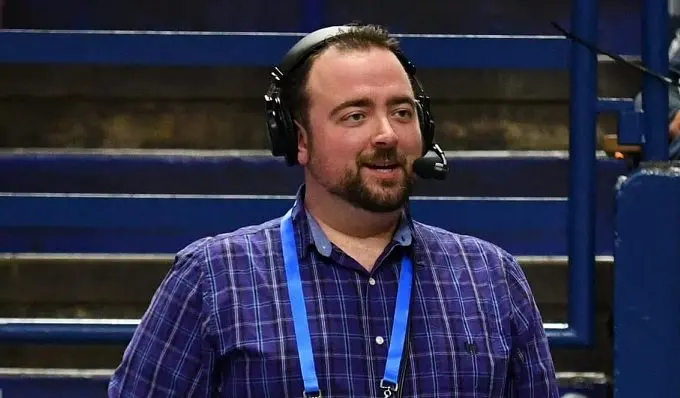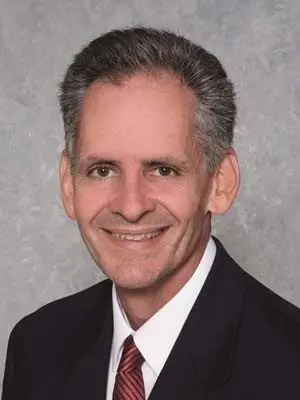
By Timothy T. Tater, Editor and Chief Spud
The Sweet Potato
I recently experienced what anthropologists are calling “Filter Recognition Failure Syndrome.” I agreed to meet my friend Sarah for a drink—you know, Sarah with the dewy porcelain skin, doe eyes the size of dinner plates, and that adorable little pointed chin that makes her look like a woodland sprite crossed with an anime character.
I waited at the bar for twenty minutes before the manager asked if I was okay, probably because I kept staring at every woman who walked in like I was trying to solve a particularly difficult Rubik’s cube with my eyes.
Finally, a regular human woman with regular human pores approached me. “It’s me,” she said.
Reader, I gasped. Not in recognition, but in the way you might gasp if your GPS suddenly informed you that you’d been driving to Portland, Maine instead of Portland, Oregon for the past six hours.
The Instagram Reality Gap
Scientists have identified a growing phenomenon they’re calling the “Instagram Reality Gap,” measured in what they call “Filter Units” or FUs. One FU represents the approximate distance between your actual face and what you post online. Current research suggests the average person operates at 47 FUs, though influencers have been recorded at levels exceeding 200 FUs—a measurement previously thought to be incompatible with remaining in the same species.
My colleague Janice insists she “barely uses filters,” which is technically true in the same way that a house “barely” uses walls. Sure, she’s not slapping on the full dog-ear-and-flower-crown treatment, but she’s smoothing, brightening, lifting, and contouring her digital face with the dedication of a Renaissance sculptor.
The result? Her online persona has cheekbones that could cut glass and skin smoother than a dolphin’s back. Her IRL face has… well, a human arrangement of features affected by things like “gravity” and “the passage of time.” Revolutionary concepts, I know.
The Dating App Dimension
But nowhere is the Filter Recognition Failure more acute than in the dating app ecosystem. Modern romance has become an elaborate game of lowered expectations, where the first date is less “love at first sight” and more “investigative facial reconstruction.”
“Look for someone who seems to be in the same geological era as their photos,” advised my friend Marcus, a dating app veteran. “If all their pics have that telltale glow that makes them look like they’re being abducted by a very flattering UFO, prepare yourself mentally. You’re not meeting Jessica, 28. You’re meeting Jessica, 28, Without The Blessed Touch Of The Valencia Filter And Possibly Also Not 28.”
I once watched a man at a restaurant pull out his phone three times to compare his date to her profile picture, like he was trying to authenticate a painting at Sotheby’s. She caught him on the third time. There was no fourth date.
The Technical Specifications
Today’s filters have reached such sophisticated levels that they don’t just smooth your skin—they essentially audition for the role of your face and then method act their way through your entire photo roll. They can:
- Remove pores (because apparently we’ve all decided that being a mammal is gauche)
- Enlarge eyes to proportions that would require significant cranial reconstruction to achieve naturally
- Slim noses, plump lips, lift cheeks, and define jaws with the precision of a plastic surgeon working on a very patient photograph
- Add a glow that suggests you’re either deeply spiritual or possibly radioactive
The “Natural” filter has become particularly popular. It’s called “Natural” because it naturally makes you look like what you imagine you look like in your head after three glasses of wine and some generous lighting.
The Philosophical Implications
This phenomenon raises troubling questions: If your filter face becomes more recognizable to your friends than your actual face, which one is the real you? If you FaceTimed yourself, would you swipe right? At what point does your driver’s license photo become a hate crime against your personal brand?
Some have suggested we need a international standardized system—perhaps little warning labels on profiles: “⚠️ Significant Filter Content” or “⚠️ Professional Face Model, Amateur Results IRL.”
The Mirror Crisis
The real victim in all of this is the humble mirror. Mirrors used to be simple reflective surfaces that showed you what you looked like. Now they’re basically antagonists. Gaslight, gatekeep, gravity—that’s their motto.
I watched someone take 47 selfies the other day, each time checking the screen, grimacing, adjusting the angle, and trying again. Finally she got one that satisfied her, applied the usual smoothing protocol, and posted it with the caption “No filter! #Natural #WokeUpLikeThis.”
The mirror watched the whole thing. If mirrors could file lawsuits for defamation, hers would have a case.
A Modest Proposal
Perhaps what we need is a reverse filter—one that makes your real face look more like your filtered photos. Just go ahead and require everyone to wear a ring light around their head at all times. Mandate government-issued soft focus contact lenses. Require all public spaces to be lit like the inside of a cloud having a very good day.
Or—and hear me out—we could all collectively agree to show up as ourselves. Post the occasional non-filtered photo. Let people see a pore or two. Reveal that your nose has an actual bridge and isn’t just a gentle suggestion between your eyes.
I know, I know. Radical stuff.
In Conclusion
I finally got that drink with Sarah. The real Sarah, with her real face—which, for the record, is perfectly lovely and contains the correct number of everything faces are supposed to have. We laughed about the whole thing, took a selfie together, and she immediately opened the filter menu.
Old habits die hard.
But at least now I’ll recognize her next time. Probably. Maybe. I’m bringing a sketch artist just in case.






